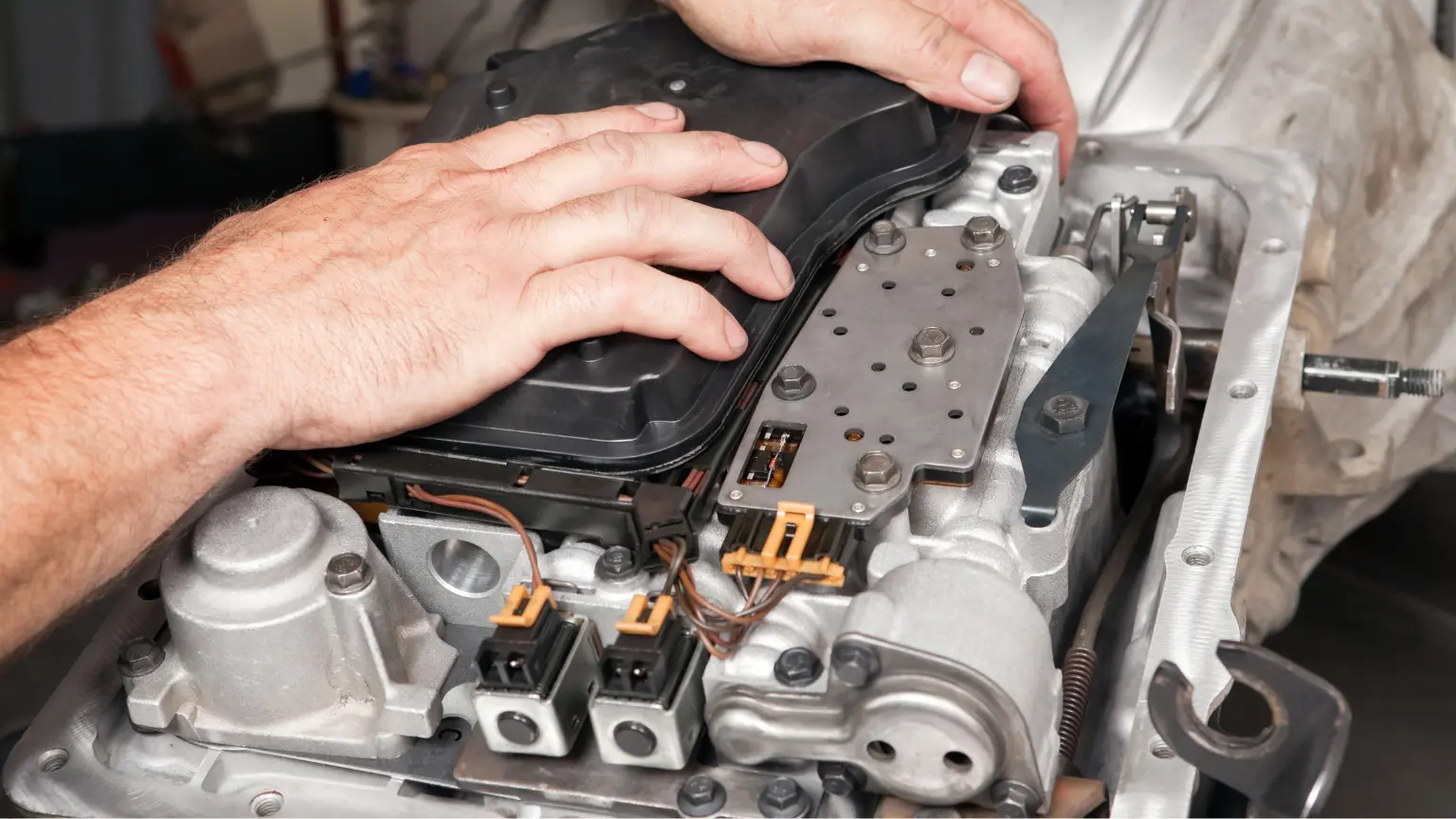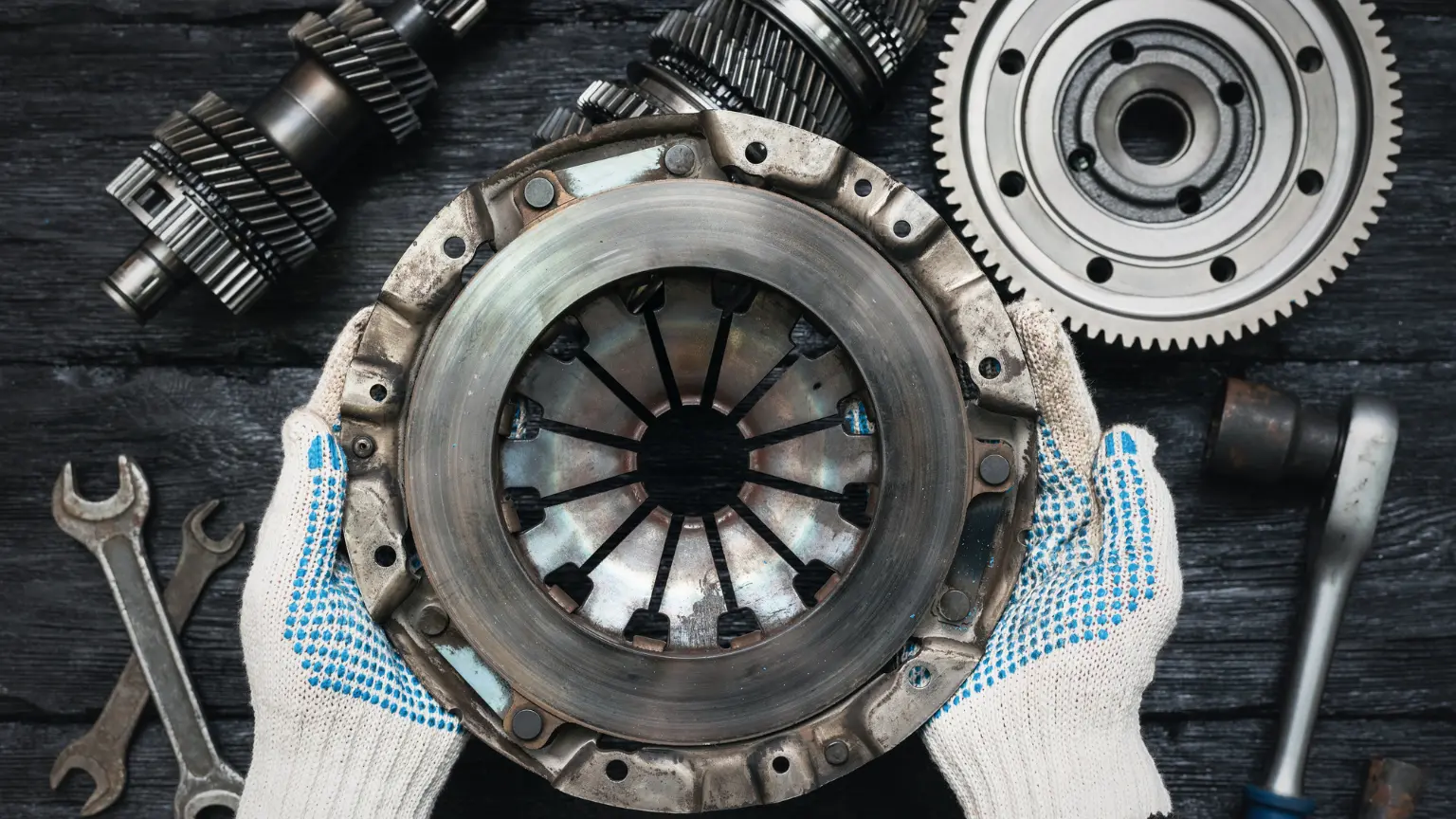
If your vehicle’s transmission starts to fail, you’re suddenly faced with some tough decisions. Transmissions are among the most complex and costly components in a car, so choosing how to fix them is a big deal. One common dilemma is whether to rebuild the transmission in-house at a repair shop or explore other options, such as replacement or factory remanufacturing. In this post, we’ll explain what a transmission rebuild really entails and walk through the pros and cons of handling it in-house.
Understanding Transmission Repair vs. Rebuild
When a transmission is malfunctioning or has failed, there are several paths a mechanic might take. These include basic repairs, a full rebuild, or outright replacement with another unit. A repair typically involves fixing a specific issue without completely disassembling the entire transmission. In contrast, a transmission overhaul or rebuild consists of removing the transmission from the vehicle, disassembling it, and replacing any worn or damaged components before reassembling it. The transmission is refurbished internally to ensure it functions properly again. A replacement, on the other hand, means swapping out the entire transmission for a different one, which could be brand new, a remanufactured transmission, or a good used unit.
Consider how a shop might handle a badly slipping automatic transmission. If only one or two parts are faulty, a targeted repair might be possible. But if there’s widespread wear or damage, the mechanic may recommend a full rebuild or replacement. In a rebuild, the shop will dismantle the transmission piece by piece and replace the bad components, then put the original transmission back in. With a replacement, the original unit is removed and a different transmission is installed in the car. Each approach has its own implications for cost, time, and reliability.
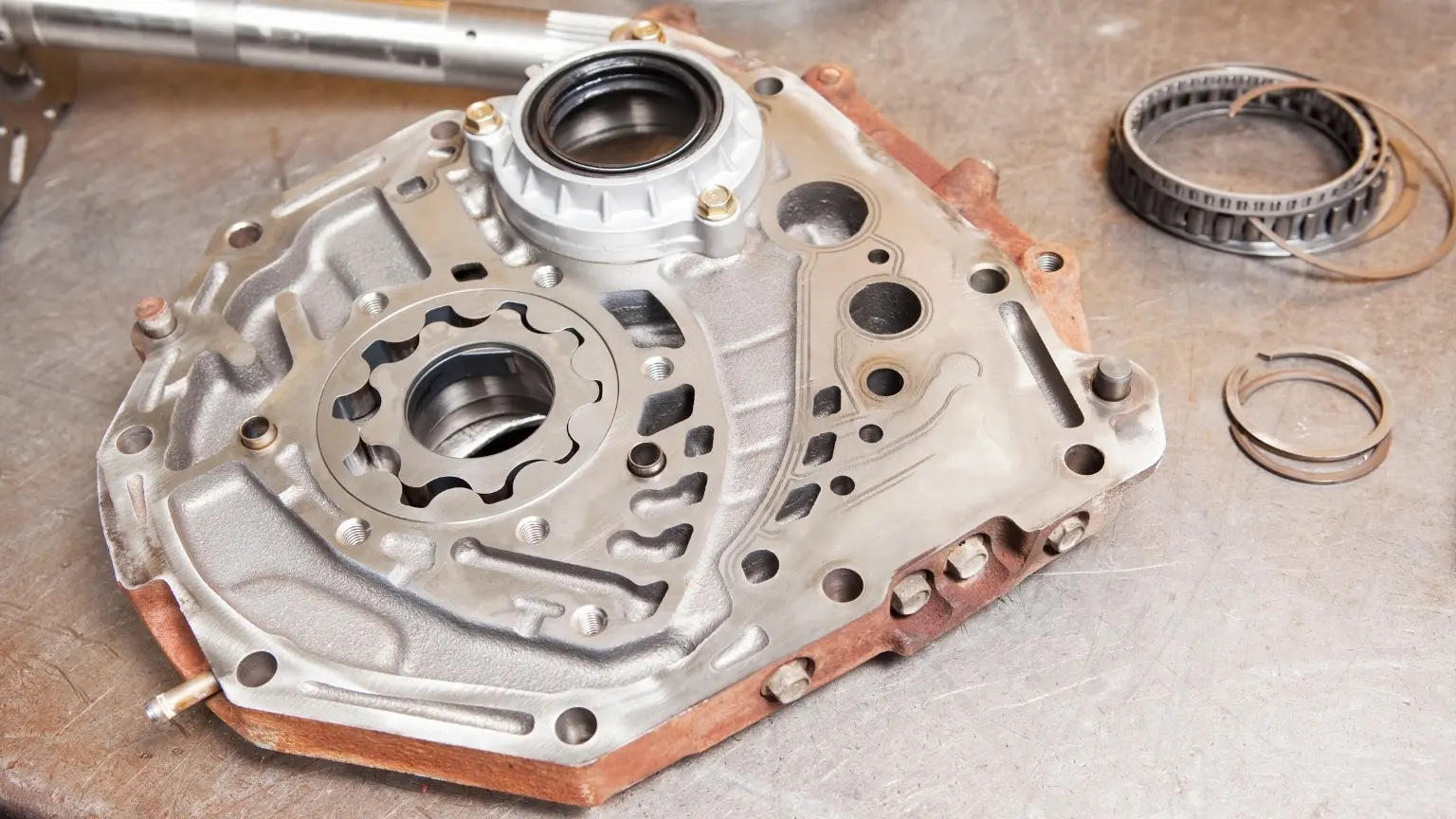
It’s also worth noting the differences between automatic and manual transmission rebuild projects. Manual transmissions are generally simpler devices, which can make them a bit more straightforward to rebuild or repair. An automatic transmission is far more complex, with planetary gear sets, hydraulic valve bodies, torque converters, and often computer controls. Rebuilding an automatic requires specialized knowledge and meticulous work. Many shops that handle manual transmission repairs may still be hesitant to rebuild modern automatics due to the complexity involved. The rise of advanced designs like CVTs (continuously variable transmissions) and dual-clutch gearboxes (e.g., DSG transmission rebuild situations) has only increased the level of expertise and equipment needed to do in-house rebuilds on automatics.
Benefits of In-House Transmission Rebuilds
For drivers and repair shops alike, there are several notable benefits to rebuilding a transmission in-house rather than opting for a replacement. Here are some of the key advantages:
- Cost Savings: Rebuilding a transmission is often significantly more affordable than replacing it with a new or remanufactured unit. In a rebuild, you only pay for the parts that need replacing and the labor to rebuild, instead of buying an entirely new transmission. This can make a huge difference in the final bill. Lower transmission rebuild cost is a primary reason car owners consider the in-house rebuild option, especially if they’re on a budget.
- Reusing the Original Unit (Compatibility): An in-house rebuild means your vehicle keeps its original transmission case and core components. This ensures perfect compatibility and fit with your engine and drivetrain. You don’t have to worry about whether a swapped-in unit is the exact right match for your model year or if it will “play nice” with your car’s computer systems and mounts. The original transmission was designed for your car, so rebuilding it and reinstalling it maintains that harmony. For owners of older or classic cars, preserving the matching numbers transmission can also be important. Rebuilding preserves the vehicle’s original transmission, which can result in smoother integration than installing a completely different unit.
- Customization and Upgrades: Unlike a standard replacement, an in-house rebuild gives the opportunity to incorporate improvements. A skilled shop can use upgraded components during the rebuild. For example, stronger friction materials, improved bushings, or shift kits that address known weaknesses in the transmission’s design. This means a rebuild can actually enhance performance or longevity beyond stock specifications.
- Faster Turnaround (in Some Cases): Going for a rebuild might get your car back on the road sooner, depending on parts availability. If the shop has the necessary replacement parts on hand, they can rebuild your transmission in-house in a matter of days. By contrast, ordering a brand-new or remanufactured transmission could take days or weeks if the unit is not in stock locally. Especially for less common vehicles, rebuilding what you have avoids waiting for a whole new transmission to ship. In many situations, the transmission rebuild time is shorter than the wait for an external replacement.
- Extended Vehicle Life: By rebuilding the transmission, you can significantly extend the usable life of your vehicle without the extreme expense of a factory-new trans. If the rest of the car is in good shape, an in-house rebuild can breathe new life into it. A properly done automatic transmission rebuild will restore lost performance, often resulting in smoother shifting, improved fuel efficiency, and enhanced power delivery.
- Environmental Benefits: Rebuilding instead of replacing also has eco-friendly advantages. It reuses the bulk of the existing transmission, resulting in less scrap metal waste and reduced resource demand for manufacturing new parts. Only the worn components are replaced. By not scrapping a massive hunk of metal and avoiding the production of an entirely new transmission, in-house rebuilds reduce the environmental footprint of the repair.
- Warranty and Quality Control: Reputable transmission rebuilders will offer warranties on their rebuild work, giving you peace of mind similar to a new unit. Many specialty shops that do in-house rebuilds, like Gresham TransMedic, have highly trained technicians and follow strict procedures to ensure quality. They often test the rebuilt transmission on a dynamometer or through road testing to verify it’s working properly before returning the car. Knowing who exactly rebuilt your transmission can be reassuring. You can often speak directly with the technician if you have questions. In contrast, when you install a remanufactured or used unit, you may receive a warranty; however, the rebuild process is conducted off-site by a third party, and you lack the same visibility into how it was done. With in-house work, a reputable shop will stand behind its rebuild, allowing you to return for any follow-up adjustments under warranty.
An in-house rebuild can save money, maintain compatibility, allow improvements, and get you back on the road with confidence. It preserves your original transmission and can be rebuilt to high standards by specialized transmission rebuilders.
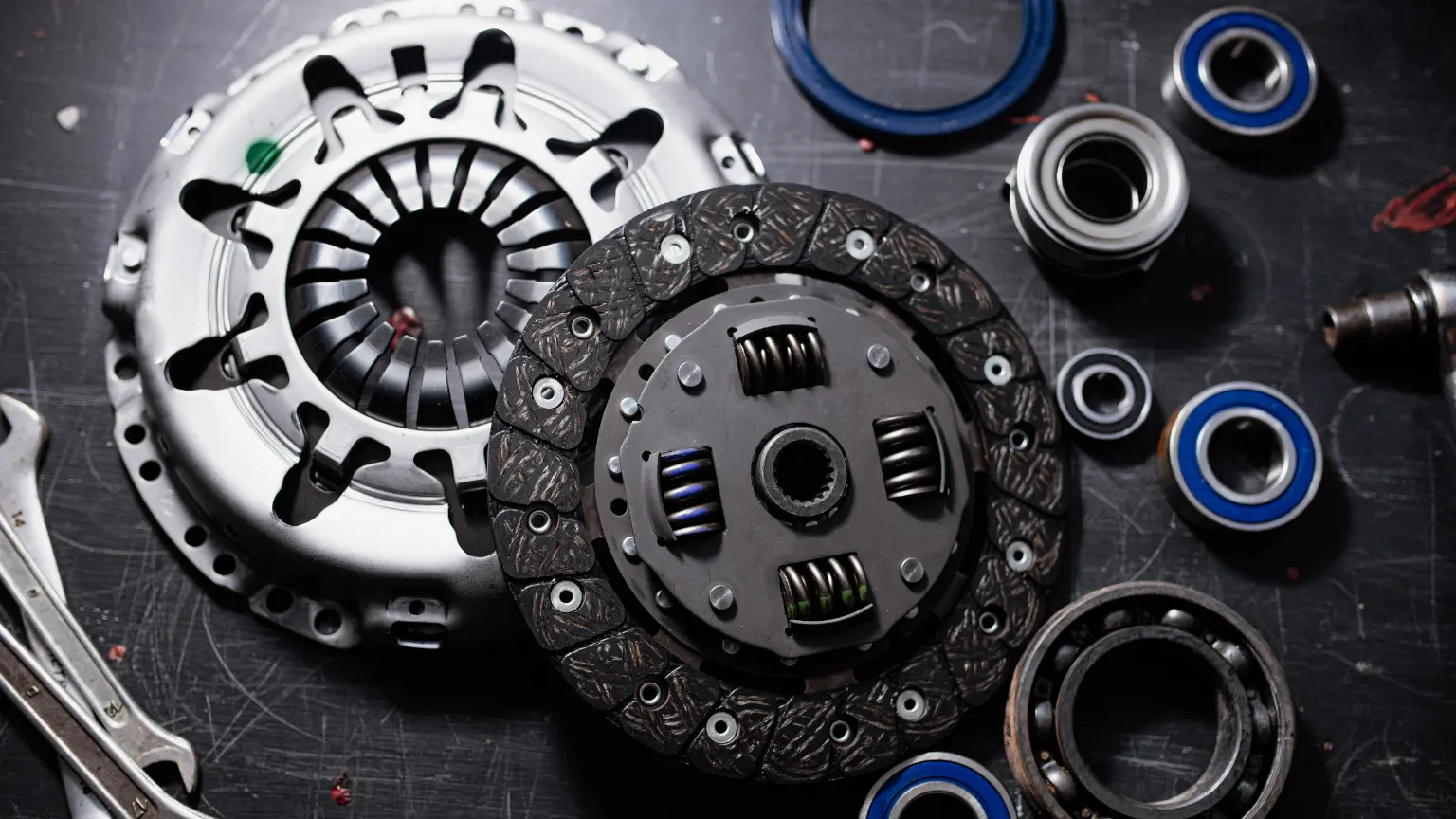
Drawbacks of In-House Transmission Rebuilds
Rebuilding a transmission in-house is a complex undertaking, and it has its downsides. Here are some of the main drawbacks or challenges associated with in-house rebuilds:
- Significant Complexity and Skill Required: Modern automatic transmissions are extremely intricate. Successfully rebuilding one demands a high level of expertise, specialized tools, and often ongoing training. Not every general mechanic or shop can do it right. In fact, many ordinary auto repair shops lack the transmission diagnostic tools, equipment, or experienced staff needed to rebuild transmissions internally. They might attempt it and run into trouble, or simply outsource the job to a specialty rebuilder. The complexity is even greater for advanced designs, such as CVT transmission rebuild jobs, which often require proprietary tools and a deep understanding of the specific transmission model.
- Longer Downtime: In many cases, rebuilding a transmission takes significantly more time than simply installing a replacement. The car must be placed on a lift while the transmission is removed. The unit is then painstakingly disassembled, cleaned, and reassembled before being reinstalled and tested. This could take several days or more than a week, especially if unexpected issues arise or parts have to be ordered.
- Higher Risk of Repeat Failure: A rebuilt transmission, particularly one performed under less-than-ideal conditions, may not always match the like-new reliability of a brand-new or fully remanufactured unit. During a rebuild, not every single part is brand new. Some original components that were still “healthy” are left in place. Those older parts could wear out or fail sooner down the line.
- Not Always Possible (or Worth It): There are scenarios where an in-house rebuild isn’t a viable solution. If the transmission is severely damaged, it may be beyond the point of salvage. Rebuilding such a unit could be risky or impractical because too many parts need replacement, and some damage can’t be fully corrected. In these cases, replacing with a new or remanufactured unit is the safer bet. Additionally, if the vehicle is very old or has very high mileage, even a successful rebuild of the transmission might not be a wise investment relative to the car’s value. Shops will often assess the extent of damage and advise if a rebuild is feasible or if you’re better off replacing.
- Need for Advanced Electronics Handling: Modern transmissions are highly electronic. After a rebuild, the transmission control module may need updates or re-initialization. Shops performing in-house rebuilds must be equipped to handle TCM programming and resets. Suppose the TCM (Transmission Control Module) or valve body with embedded electronics (as in some newer units) has been replaced or significantly altered. In that case, it often requires programming so that the car’s computer knows the proper shifting parameters for the “new” transmission. Inadequate attention to this can result in erratic shifting or even failure to operate. Proper diagnosis of what caused the transmission failure in the first place is critical, which circles back to having advanced transmission diagnostic tools at the shop. Without the right scan tools and testing equipment, a shop might rebuild the unit mechanically but miss an electronic issue that was the root cause, leading to persistent problems. All of this means an in-house rebuild should ideally be done by a specialized transmission shop or a technician with extensive transmission experience, rather than a generalist mechanic.
- Warranty Differences: While many shops offer warranties on their rebuilds, the warranty on a rebuilt transmission may be shorter or more limited than that of a factory remanufactured transmission. If having the longest possible warranty is your priority, you might lean towards a remanufactured replacement. Also, if a rebuild fails, the onus is on that local shop to make it right; you’re dependent on their ability to troubleshoot and honor the warranty. With a nationwide remanufacturer, you may have more support available in various locations if something goes wrong. These considerations can be a downside if you’re risk-averse about the repair.
The drawbacks of in-house rebuilding include the high level of skill and equipment required, potentially longer downtime, the possibility of not getting “as new” longevity, and limitations in certain cases. This underscores the importance of trusting the job only to qualified experts and weighing whether a replacement might be more prudent given the circumstances.
Turnaround Time and Convenience
If a transmission shop has skilled rebuilders available and can start on your car right away, a rebuild may take only a few days. Some smaller shops might take up to a week to rebuild a complex transmission if they are balancing other jobs or encounter complications. Physically removing and replacing a transmission with another unit can be done within a day or two of work. However, the catch with replacement is the availability of the replacement unit. If the shop or dealer has the appropriate transmission on the shelf or readily accessible, replacement is rapid, essentially just the R&R (remove and replace) plus some coding and testing. If they need to order a transmission, your vehicle may sit for several days while waiting for the shipment to arrive and for your scheduled appointment.
In scenarios where a replacement unit is hard to get or back-ordered, rebuilding your own unit might put you back on the road faster. For example, for an older vehicle or a less common model, a mechanic might say it will take a week or two to have a remanufactured transmission shipped in, whereas rebuilding the one you have could be done in three or four days. For a very common car, a reman unit might be readily available for next-day delivery, so replacement becomes the speedier solution.
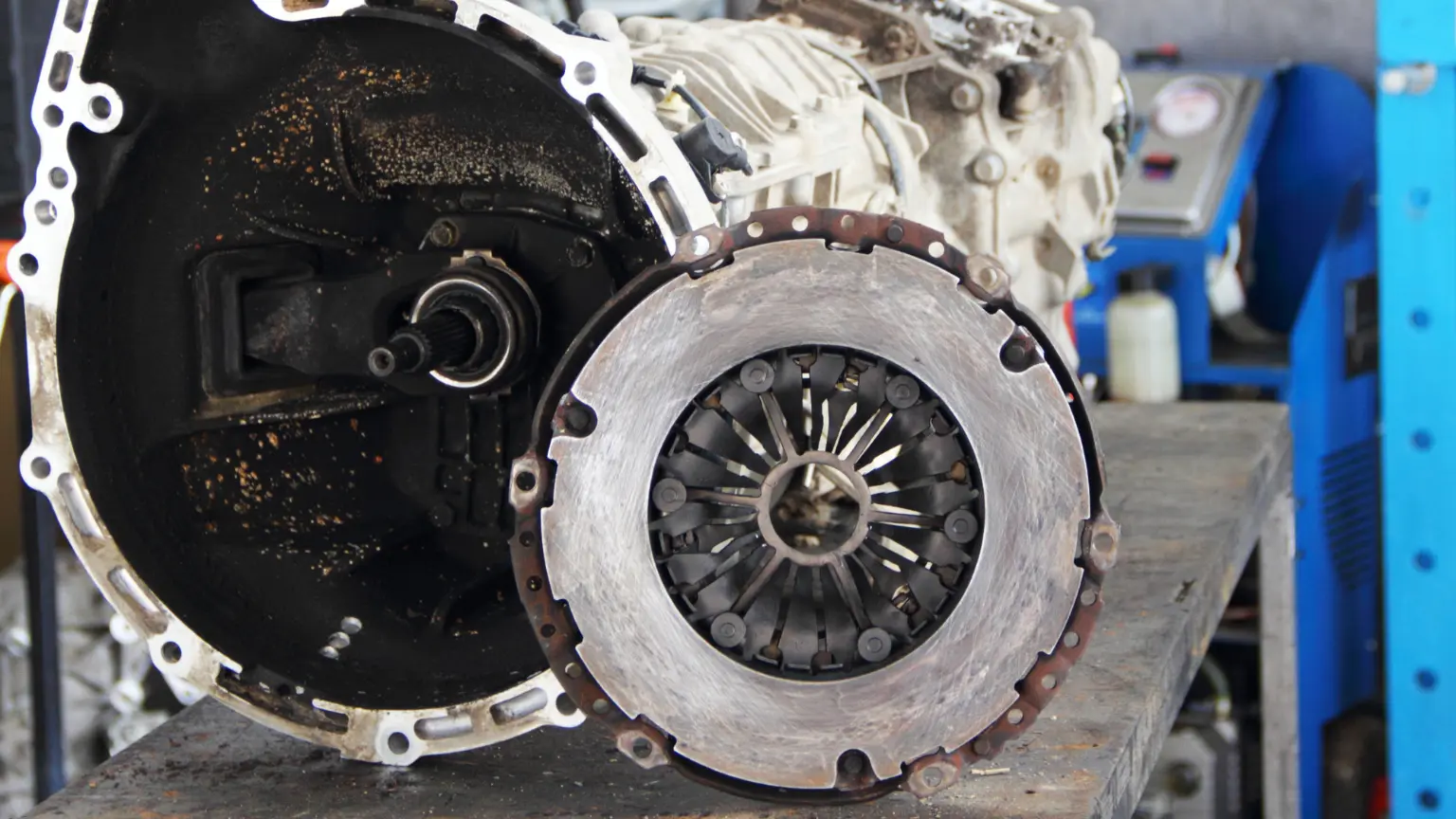
The exploration of benefits and drawbacks comes down to finding what’s right for your car and circumstances. By understanding these factors, you can make an informed decision. If you're unsure, consult with a trusted transmission shop or expert. They can advise on whether an in-house rebuild is the best option for you. Remember that a quality outcome depends on quality work, so entrust your vehicle to professionals who know transmissions inside and out. With the right choice, you’ll be back on the road, shifting smoothly for miles to come.
Follow a maintenance program
Ante gravida id aenean quis egestas risus nam amet nullam leo diam diam aliquam eu eu malesuada arcu rhoncus suspendisse nulla mattis ut amet sagittis in justo egestas.
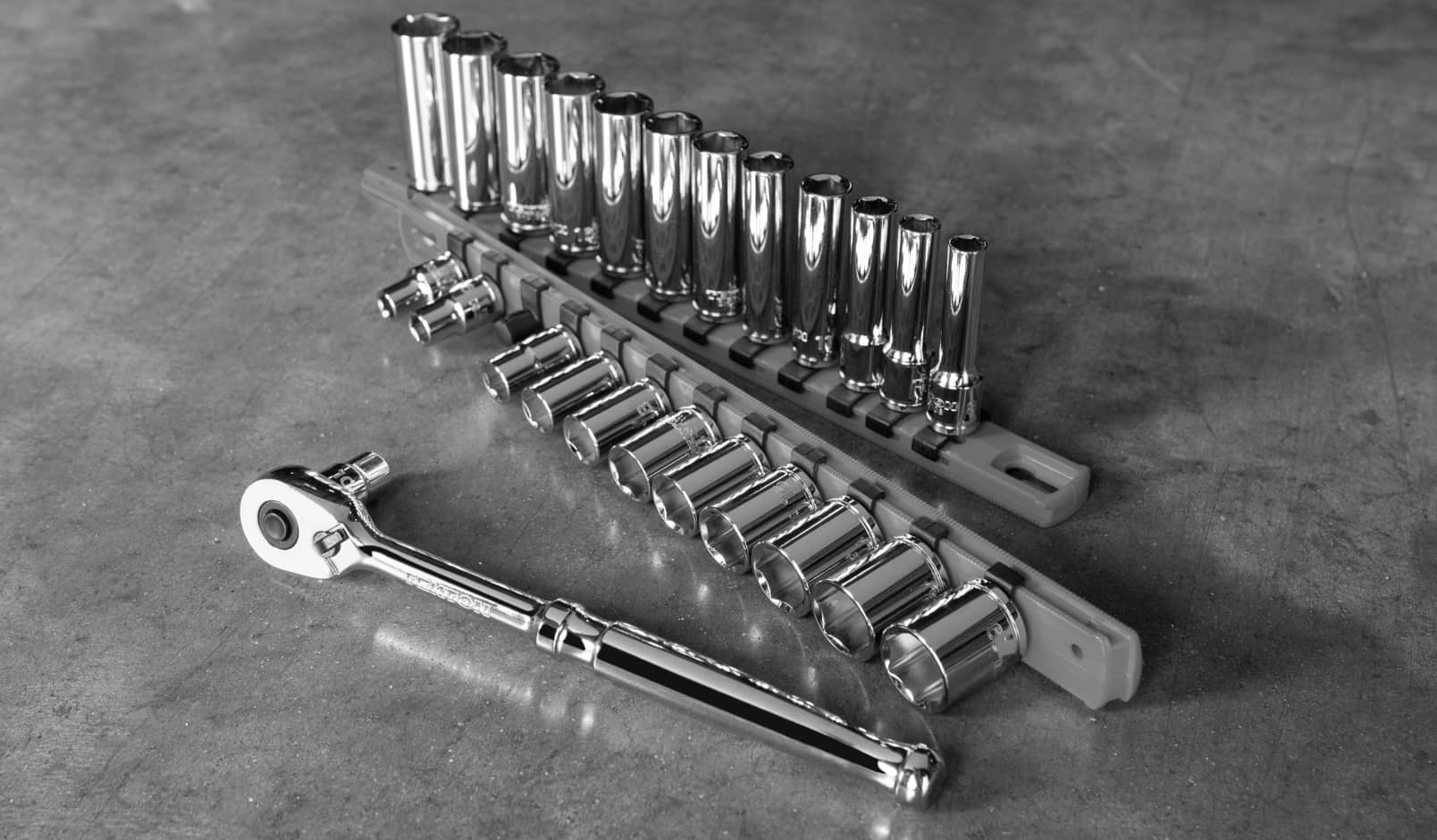
search for a trusted mechanic
Lorem ipsum dolor sit amet, consectetur adipiscing elit lobortis arcu enim urna adipiscing praesent velit viverra sit semper lorem eu cursus vel hendrerit elementum morbi curabitur etiam nibh justo, lorem aliquet donec sed sit mi dignissim at ante massa mattis.
- Neque sodales ut etiam sit amet nisl purus non tellus orci ac auctor
- Adipiscing elit ut aliquam purus sit amet viverra suspendisse potent
- Mauris commodo quis imperdiet massa tincidunt nunc pulvinar
- Excepteur sint occaecat cupidatat non proident sunt in culpa qui officia
Check the air pressure in your tires
Vitae congue eu consequat ac felis placerat vestibulum lectus mauris ultrices cursus sit amet dictum sit amet justo donec enim diam porttitor lacus luctus accumsan tortor posuere praesent tristique magna sit amet purus gravida quis blandit turpis.
Review your suspension frequently
At risus viverra adipiscing at in tellus integer feugiat nisl pretium fusce id velit ut tortor sagittis orci a scelerisque purus semper eget at lectus urna duis convallis. porta nibh venenatis cras sed felis eget neque laoreet suspendisse interdum consectetur libero id faucibus nisl donec pretium vulputate sapien nec sagittis aliquam nunc lobortis mattis aliquam faucibus purus in.
- Neque sodales ut etiam sit amet nisl purus non tellus orci ac auctor
- Adipiscing elit ut aliquam purus sit amet viverra suspendisse potent
- Mauris commodo quis imperdiet massa tincidunt nunc pulvinar
- Excepteur sint occaecat cupidatat non proident sunt in culpa qui officia
Service your vehicle as regularly as posible
At risus viverra adipiscing at in tellus integer feugiat nisl pretium fusce id velit ut tortor sagittis orci a scelerisque purus semper eget at lectus urna duis convallis. porta nibh venenatis cras sed felis eget neque laoreet suspendisse interdum consectetur libero id faucibus nisl donec pretium vulputate sapien nec sagittis aliquam nunc lobortis mattis aliquam faucibus purus in.
“Nisi quis eleifend quam adipiscing vitae aliquet bibendum enim facilisis gravida neque velit euismod in pellentesque”
Conclusion
Eget lorem dolor sed viverra ipsum nunc aliquet bibendum felis donec et odio pellentesque diam volutpat commodo sed egestas aliquam sem fringilla ut morbi tincidunt augue interdum velit euismod eu tincidunt tortor aliquam nulla facilisi aenean sed adipiscing diam donec adipiscing ut lectus arcu bibendum at varius vel pharetra nibh venenatis cras sed felis eget.

